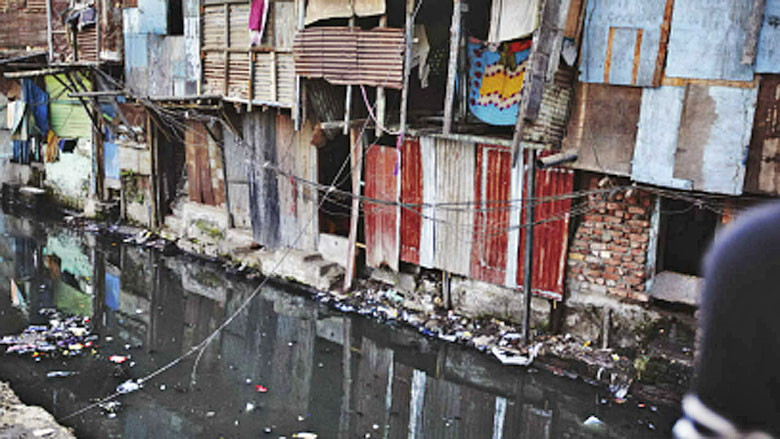Evidence to Policy, a monthly note series on learning what works, highlights studies that evaluate the impact of programs in the critical areas of human development --health, education, social protection, water and sanitation and labor. From how to best supply rural health clinics with drugs to what helps students do better in school, World Bank-supported impact evaluations provide governments and development experts with the information they need to use resources most effectively. As impact evaluations increasingly become more important to policymakers, this series offers a non-technical review of the many innovations the World Bank is supporting, and the growing number of rigorous studies analyzing the impacts of those innovations. The note series is managed by SIEF, which receives generous funding from the British government's Department for International Development and the Children’s Investment Fund Foundation (CIFF).
PHILIPPINES: CAN SUBSIDIZED MICROLOANS INCREASE TOILET OWNERSHIP AND USE FOR POOR HOUSEHOLDS?
To prevent the spread of harmful and deadly pathogens, households must be able to access and use a hygienic toilet. In many low-income countries, however, toilets that safely separate feces from human contact have not universally reached poor rural areas, forcing many people to resort to open defecation. Fecal matter that is not properly contained can make its way into the household environment, where it comes into contact with surfaces and food and into drinking water sources, causing diseases such as typhoid and diarrhea, a leading cause of child deaths worldwide, as well as stunting in young children.
BANGLADESH: CAN AUTOMATED CHLORINATION AT SHARED WATER TAPS REDUCE DISEASE IN URBAN SLUMS?
Safe drinking water is essential for healthy human development and survival, but millions of poor people in low-income countries only have access to contaminated drinking water. For children, the problem is particularly dangerous and deadly, with diarrheal diseases like typhoid and cholera responsible for approximately 800,000 child deaths each year.
INDIA: CAN MICROLOANS INCREASE TOILET OWNERSHIP AND USE?
Without access to a hygienic toilet, and the motivation to use one, people usually defecate in the open, and fecal matter makes its way into homes, food, and drinking water sources. In places such as rural India where open defecation is very common, finding effective and affordable approaches to increase sanitation coverage is a major public health challenge.
SENEGAL: DO HYGIENE AND HANDWASHING MAKE FOR BETTER BRAIN DEVELOPMENT?
In Senegal, researchers evaluated a program that focused on local media and community events to encourage regular handwashing with soap and water. While identifying the best routes for effective handwashing and campaigns remains a key goal for researchers, this evaluation underscores the challenges of both changing behavior and measuring impacts.
TANZANIA: DO CAMPAIGNS TO GET PEOPLE TO WASH HANDS & USE (IMPROVED) TOILETS WORK?
In Tanzania, the World Bank’s Water and Sanitation Partnership worked with the government to create and implement campaigns to improve sanitation and reduce illness among young children by encouraging hand washing and use of improved sanitation such as toilets.
WHAT'S SO HARD ABOUT IMPROVING ACCESS TO WATER AND SANITATION?
A World Bank research team, with support from the Strategic Impact Evaluation Fund (SIEF), conducted a systematic review of water and sanitation impact evaluations to provide a basis for future policymaking and research.
INDIA: HOW MANY TOILETS DOES IT TAKE TO IMPROVE HEALTH?
An evaluation of sanitation coverage underscored that campaigns for ending open defecation need to include a communal approach. Individuals may not be investing in toilets because unless everyone does the same, the direct benefits to are so small.
CAN DEMAND FOR TOILETS BE ENCOURAGED? EVIDENCE FROM INDONESIA
In Indonesia, the World Bank worked with the government to develop new approaches to discourage open defecation and increase the number of toilets in poor, rural areas. An impact evaluation of a program to foster demand for toilets by raising awareness—instead of building sanitation facilities and hoping people would use them—showed a boost in toilet construction and a drop in diarrheal illness.
PERU AND VIETNAM: WHAT GETS PEOPLE TO WASH THEIR HANDS
Impact evaluations from Peru and Vietnam give us more information about the difficulties of changing handwashing behavior on a large scale.
